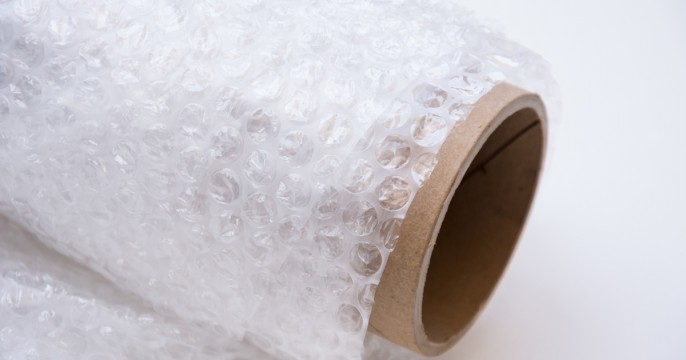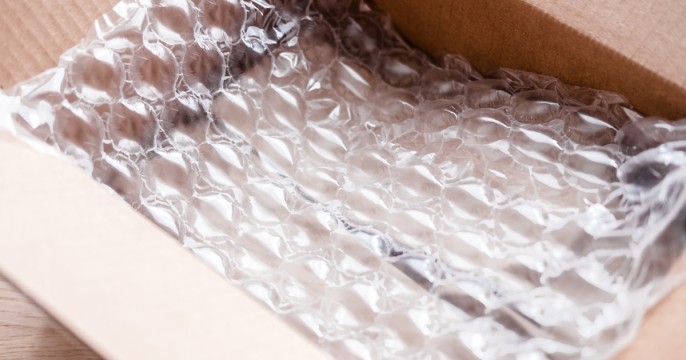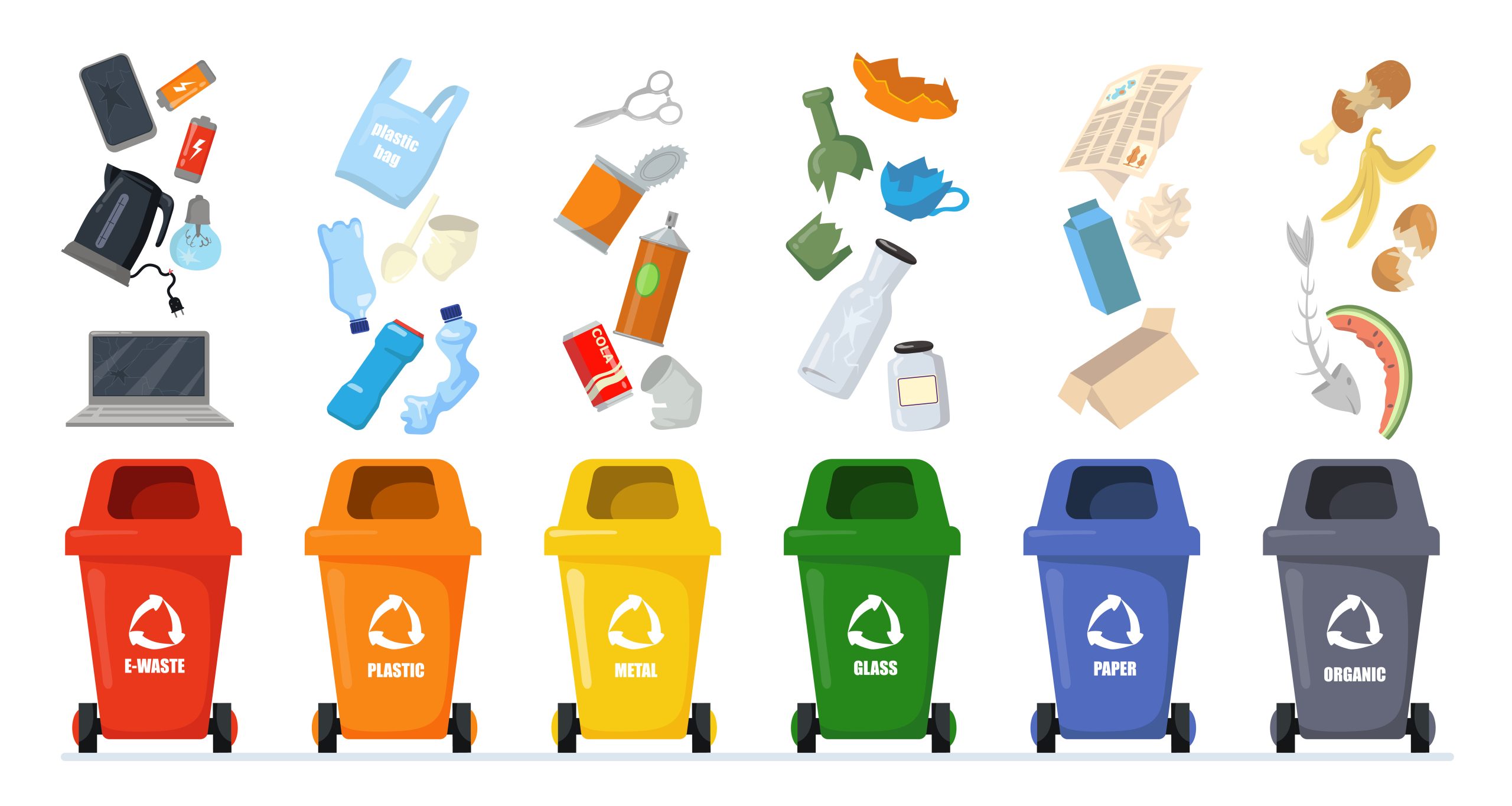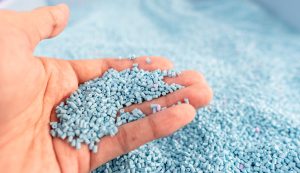Springpack are always available to help provide expert advice on the most suitable option for your packaging needs, take a look at the fantastic reviews we’ve earned on Trustpilot to see what our loyal customers have to say.
Bubble Wrap: Everything You Need to Know
Bubble Wrap: Everything You Need to Know
Bubble wrap was originally created over 50 years ago with the intention of being a wallpaper to appeal to the fans of the avant-garde. However, when that didn’t work they repurposed it into the protective packing material we know today. Now package bubble wrap is used in every aspect of the packaging world, wrapping small and large items alike.
Here at Springpack, we sell a wide range of bubble wrap and this article aims to give you all the information you need to help your business select the ideal protective packaging solution.
What’s the purpose of bubble wrap?

The revolutionary bubble wrap is one of the most popular protective packaging solutions available.
Using bubbles, packaging things well, is a convenient and extremely effective way of protecting fragile items during shipping, moving, and storing due to its soft cushioning.
Designed to protect everything from small, lightweight items to large, fragile products, bubble wrap is a highly versatile material. It is available in different types and sizes.
Our standard small and large bubble wrap is ideal for protecting light to medium products, whereas our premium is used for fragile and heavy items.
Anti-static bubble wrap is perfect for the protection of electrical goods, as it will not produce an electrostatic charge.
Bubble pouches are another option that are quick and easy to use with self-seal extended lips for easy loading and closing, making them ideal for protecting small, delicate items.
Is packing bubble wrap a good insulator?
Not only is bubble wrap perfect for protecting items, but bubble packing wrap also makes a good insulator.
Air in a confined space tends to resist temperature changes as the air molecules move around, making the transfers of energy more difficult. Since bubble wrap is nothing more than bubbles of air wrapped in plastic this is a popular option for insulating houses and other premises.

There are several advantages for using bubble wrap as an insulator. Firstly, it can be easily cut with scissors to fit any shape or size. It can be applied without the need for any technical requirements.
Due to its lightweight nature, bubble wrap can be transferred from one place to another without any issues. It can be attached to windows by simply spraying water on the glass and pressing the bubble wrap to it, eliminating the need for adhesives.
Bubble wrap can also be reused, depending on whether it remains in good shape with the bubbles still intact, to last for several seasons.
Can bubble plastic be recycled?

Bubble wrap is an eco-friendly material that is able to be recycled. There are several ways both end users and manufacturers can recycle this material. Some local councils collect it along with other plastics such as milk cartons and carrier bags, in their regular collection.
You can find out if your local council accepts bubble wrap by simply entering your postcode into the gov.uk website.
Another way to recycle bubble wrap, is to find a recycling site where you can properly dispose of it. If you struggle to find a place that accepts it, it can be easily reused.
If you manufacture products, or handle goods in transit that need to be protected, bubble wrap is a fantastic eco-friendly solution. At Springpack, we are able to reduce your packaging costs through the supply of materials in bulk without compromising on the quality of the materials. We can help you to achieve significant savings and consistently deliver low prices.
Is packing bubble wrap a good insulator?
Bubble wrap is made of polyethylene, which is a type of plastic that contains hundreds of evenly spaced air pockets. These air pockets then act as a soft cushion that absorbs shock during unexpected movement. It helps to prevent damage to any products wrapped within the material.

Bubble wrap begins as a polyethylene resin in the form of tiny beads. These small resin beads are then melted down where they form into a thin film used as the base material for bubble wrap. This film is flattened and fed through rollers with small holes punched in. As the film travels through the rolls suction is applied to push it into the holes to create the air bubbles.
Once the air bubbles have been blown into the film it is then sealed with a second layer of film. This traps the air inside of the bubble wrap and ensures the air bubbles are contained. It is then cut and perforated before being compiled into rolls.
How long does it take to order?
If you’re in urgent need of bubble wrap and other protective packaging solutions, all our orders are dispatched from the enormous range of stock that we hold at our distribution centre. This allows us to offer next day nationwide delivery for all orders received before 3:30pm. However, if you’ve ordered slightly over this time we’ll do our best to fit your order into the earliest delivery.
What are the pros and cons?
There are many benefits to using bubble wrap to protect your items. These include:
- Ease of use
- Strength and durability
- Lightweight
- Good insulation properties
- Easy to trim to the required shape and size
- Transparent to enable visual inspections of the product
- Recyclable.
In the instance of wrapping polished items, the use of bubble wrap is not recommended. There is a risk of it leaving small cell marks on the item that are difficult to remove. In this case, an alternative protective packaging material, such as foam would be better suited.
Were Here to Help Guide Inform

Author: Amy Francis
Springpack is a UK packaging company delivering sustainable solutions that empower customers. We prioritise exceptional service, building strong relationships and developing innovative packaging solutions tailored to unique needs. Sustainability drives us, from eco-friendly materials to reusable practices minimising waste and emissions. As a family-run business, we’ve grown from humble beginnings to industry forerunners. Our passion lies in making a positive impact in our community and the lives of customers, employees, and stakeholders through outstanding service that exceeds expectations.




